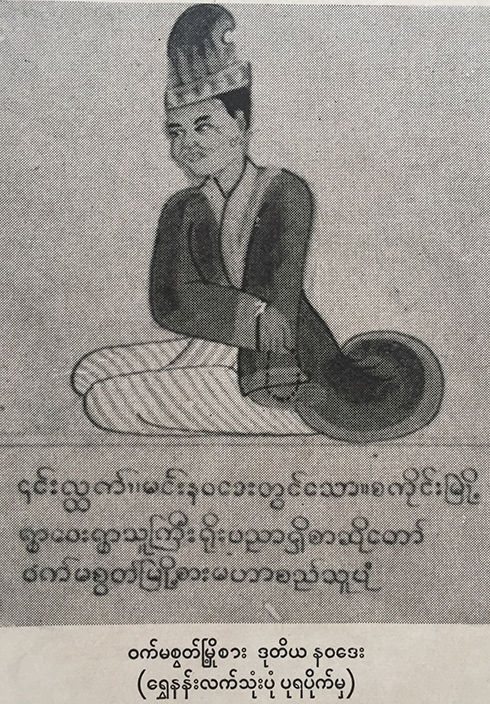16 Dec
Since these two topics are far-flung in their text and context. They deserve two separate articles.
The Writers’ Day [စာဆိုတော်များနေ့] being on the first waxing moon of Nattaw, its background history emergence and far-flung religions sociocultural significance home and abroad are as follows:
Firstly, the Writers Day [စာဆိုတော်များနေ့] appeared during the Japanese occupation and the Government of Dr Ba Maw. Due to curfew and night clock out for fear of western allied bombings, all activities were carried out in day time.
Cultural performances included the performace of plays by playwriters such as U Ponnya and U Kyin U. It was in the Japanese Period [Japanese Occupation of Myanmar in World War II] that the then Government of Myanmar headed by Dr Ba Maw, the Adipati [Head] of State organized a committee of distinguished writers, Professors and historians to choose Writers’ Day. The committee after research, of Myanmar history, literature and court archives decided to choose 1st Waxing Moon of Nattaw as the Writers Day [စာဆိုတော်များနေ့]
They found after research that Myanmar Kings used to honour and award cash and kind, and title men of letters and men of might in Nattaw . It was called Hpyin Htat Pwe [ဖျင်ထပ်ပွဲ]. Hpyin is a cloth woven by textile of homegrown cotton white or deep red colour. These clothes were presented to men of letters and might. So one day should be chosen for Sarsodaw Day in Nattaw.
Cloth pieces woven with Myanmar fine cotton [white or brown-red colour-ပင်ဖြူ၊ ပင်နီ] were major items in the royal awards in addition to land, cash, jewelling and title. That event took place at the court in the early part of Nattaw month. Among many honorary titles bestowed upon distinguished Writers and Soldiers Nawade [နဝဒေး] was the highest. Headdress of gold, studded with rubies and letter ”Nawade” on the plate was put on the heads of the awardees by Their Majesties at the grand ceremony at the palace in the month of Nattaw.
The recipients took the oath of allegiance to the King, the State and Buddhism that they would continue their service to the end of their lives. In Myanmar literary history there were only two ”Nawade” awardees Nawade I and Nawade II. There mentioned 3 Nawade awardees who did not get that titles from the King Nawade I and Nawade II were not only outstanding in their literary achievements but also in bravery and military service to the Crown and State.
Here the writer wishes to present the reader a brief history of writing in Myanmar. Like the old countries, Myanmar passed through different forms of writings. Besides writing materials are available across the country, slate, slate pencil, stone slab for inscribing, (ပရပိုက်) for ink writing, palm leaves to inscribe on. You can still see pictorial writings in Chin State.
Not only Myanmar language but also at least four languages were extent since the early days of Bagan Pyu, Mon, Myanmar and Pali.
Myazedi or Yazakymar Stone Inscriptions are one outstanding evidence.
Besides, monastic education of Pariyatti school providers three Rs education (Reading, Writing and Arithmetic) and religious education free of charge regardless of race and religion.
The Writers’ Day on 1st Waxing of Nattaw was held by the Ministry of Information at the Town Hall downtown Yangon. Veteran writers (80 and above old) are invited for Pujas with cash and kind. Sarpay Beikman plays a leading role.
The Writers’ Day events were held across the country, with literary talks in which the speaker and audience discuss literary topics.
Prominent writers and journalists give literary talks abroad and exchanged of writers and journalist took place between Myanmar and China, Russia, Japan, Thailand and other ASEAN country and India and western countries, even Norway, Sweden and Denmark.
The writer never fails to catch the chance of such a literary journey home or abroad. Even in the early 90s he still has the stamina for such activities.
By Maha Saddhamma Jotika dhaha, Sithu Dr. Khin Maung Nyunt


